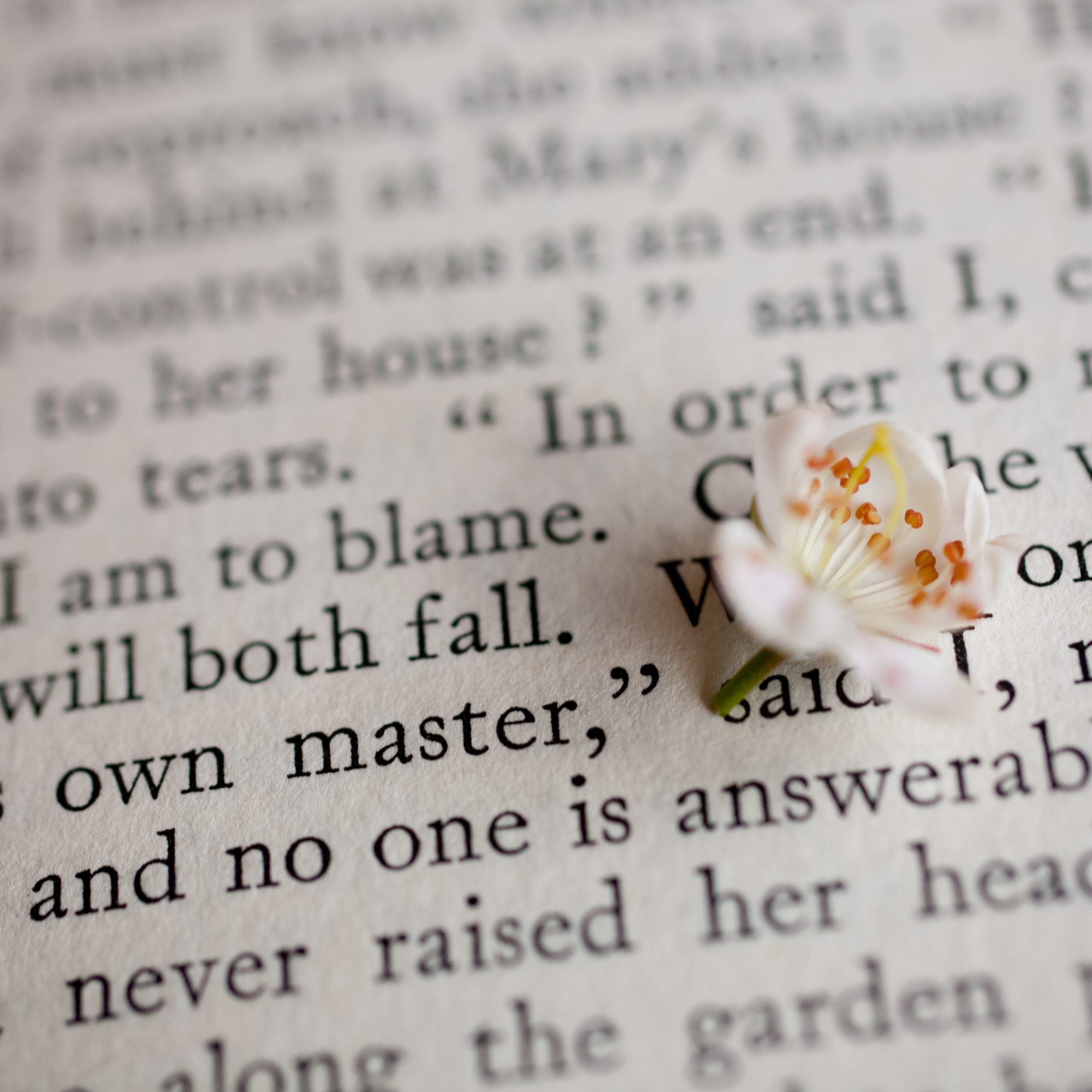Unveiling the Power of Ethical Photojournalism
Ever pondered the enormous power a single photograph holds? Consider the iconic image of a young girl fleeing a napalm attack during the Vietnam War. The impact was profound, illustrating how a single moment captured can alter public perception and, indeed, the course of history. This brings us to the heart of ethical photojournalism – a realm where the responsibility of the photographer extends beyond merely capturing images to understanding the deep implications of their work on society.
At its core, ethical photojournalism is about telling stories that need to be told, with integrity and a sense of responsibility. It’s a balancing act between being an observer and a storyteller, where the narrative is honest, undistorted by personal bias or sensationalism. But, in the age of digital manipulation and the quest for viral content, can photographers maintain this balance? The answer lies in the principles of consent photography, where the dignity of subjects and the truthfulness of the story take precedence.
In this journey of capturing reality, photographers tread a fine line. They are the custodians of truth, yet they must navigate the ethical dilemmas that the digital era presents. From ensuring the consent of their subjects to resisting the temptation of altering images for greater impact, the challenges are manifold. How do photographers ensure their work contributes positively to society, respecting the individuals and communities they depict? This question is at the heart of ethical photojournalism.
Navigating the Ethical Quagmire in Photojournalism
The quest for authenticity drives the ethical photojournalist, but the path is fraught with challenges. In a world where moments are fleeting, and the pressure to deliver is high, the temptation to stage or alter images can be overwhelming. Yet, it’s the commitment to truth that separates the ethical from the unethical. This dedication is akin to walking a tightrope, where the slightest misstep can lead to a fall from grace. The integrity of the photograph, and by extension, the photographer, hinges on this commitment.
Consider the implications of manipulating an image for a moment. What appears as a minor edit can significantly alter the story being told, potentially misleading the audience and distorting reality. This is where the line between ethical and unethical practices becomes blurred. The ethical photojournalist must constantly ask, ‘Am I being truthful?’ This question serves as a moral compass, guiding decisions and actions in the field.
Moreover, the rise of digital platforms has amplified the reach of photojournalism, making the ethical considerations even more critical. The immediate and widespread distribution of images means that the impact of ethical lapses can be far-reaching, affecting not just the subjects and their communities, but also public perception and trust in the media. Thus, ethical photojournalism isn’t just about the photographer’s relationship with their subjects; it’s also about their duty to society at large.
Empowering Through Ethical Lenses
In the grand tapestry of photojournalism, each image weaves a thread of narrative that has the power to inspire change, evoke empathy, and kindle a global dialogue. The responsibility resting on the shoulders of photojournalists is monumental, as they shape the visual memory of our time. It’s a craft that demands not just skill, but a profound understanding of the ethical dimensions that underpin it. By adhering to ethical standards, photojournalists not only respect their subjects but also honor the trust placed in them by their audience.
Empowerment lies at the heart of ethical photojournalism. It’s about giving a voice to the voiceless and shining a light on stories hidden in the shadows. But this empowerment can only be achieved through a steadfast commitment to integrity and accountability. It requires a conscious effort to engage with subjects respectfully, to tell their stories without exploitation or sensationalism, and to reflect the multifaceted truths of our world.
As we navigate the complex landscape of modern media, the role of ethical photojournalism has never been more critical. It challenges us to look beyond the surface, to question and understand the stories behind the images. In doing so, it invites us to reflect on our shared humanity and the ethical obligations that bind us together. So, let us ask ourselves, ‘How can we contribute to fostering a culture of ethical awareness and practice in photography?’ The answer lies in our collective commitment to uphold these principles, ensuring that photojournalism continues to be a force for the greater good.


0 Comment